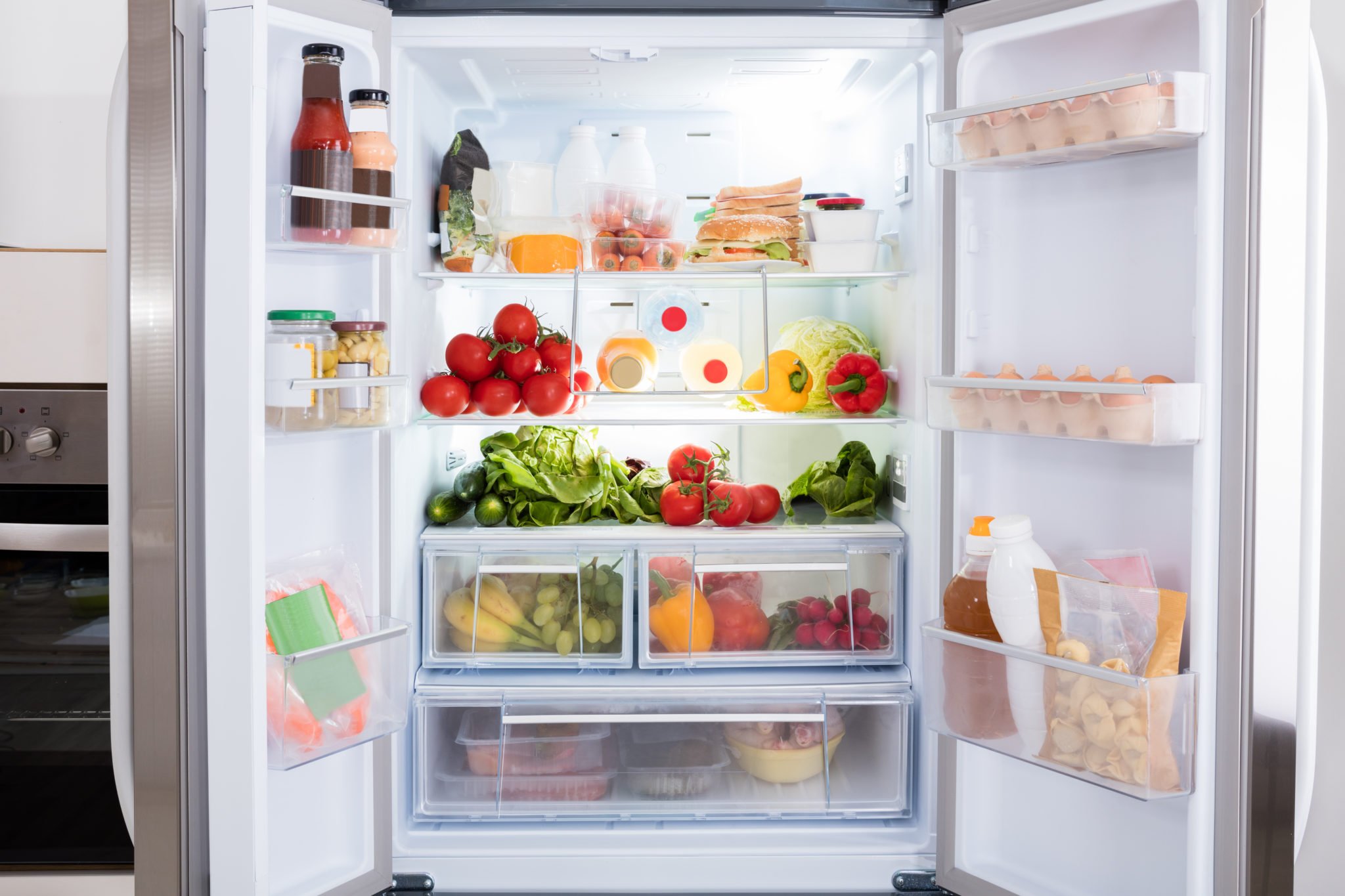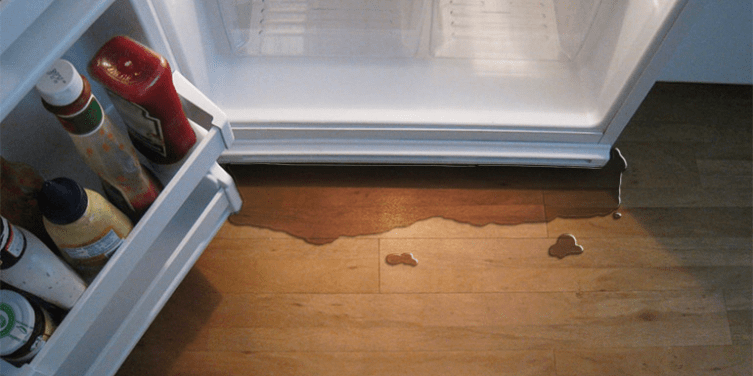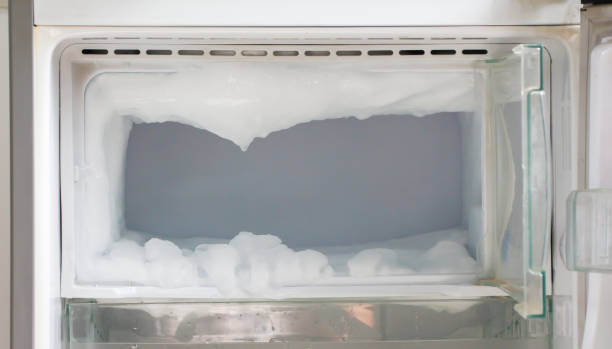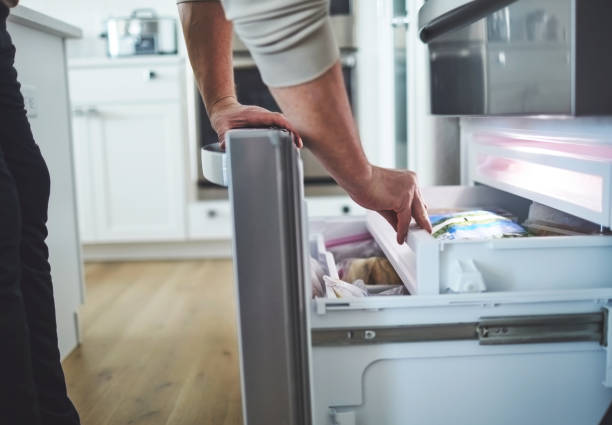If frost coats and builds up in a refrigerator/freezer, it can leave little room for anything else. It also forces the unit to work harder. As a result, energy is wasted and your electric bill goes up. Frost-free refrigerators avoid these problems. Here, we’ll discuss how they work, starting with why frost forms in a fridge in the first place.
Why Does Refrigerator Frost Form?
Frost is the result of water vapor condensing on cold coils inside the refrigerator. These coils distribute refrigerant that absorbs heat to keep the interior cold. As the vapor condenses into liquid, the surface temperature is cold enough for it to freeze, eventually forming a layer that may be several inches thick.
How a Frost-Free Refrigerator Avoids This Issue
A frost-free fridge, which is just about any model sold today, uses various methods to prevent frost. It often has a temperature sensor to monitor conditions inside the unit. When ice forms or temperature falls below a certain threshold, the sensor can trigger a heating cycle, and turn off any heating element when the temperature rises above 32℉. However, this isn’t the only process a frost-free refrigerator may use; others include:
- Defrost Timer: A built-in mechanism is programmed to turn on a heater, for example, every six hours. It can also be set to trigger after the compressor has run for a specific time period. Adaptive timers can track not only when the compressor runs, but also how many times the refrigerator door is opened and other parameters.
- Defrost Heater: The defrost heater is usually placed near the evaporator coils where frost tends to build up. It can be woven through the coils as well. Oftentimes, the heater is a wire filament within a glass or aluminum tube; electricity heats the tube and melts any frost nearby. Melted liquid and condensation collect in a drip pan where they evaporate.
- Defrost Heating Elements: An anti-sweat heating element is built into the refrigerator frame to stop condensation from building up on the appliance’s exterior. A small heater may be placed under the water dispenser tube of fridges with a water supply system in the door. It prevents the water dispenser line from freezing.
What About Efficiency?
It is true that adding heat to a refrigerator increases energy consumption. Temperature changes can affect food stored in the freezer. In some models, especially large chest freezers, food may not last as long, which is why manual defrosting is used. This also uses less power.
In fact, a manual defrost unit may use half as much energy. But the amount of maintenance it needs can be inconvenient and time-consuming. Factoring in the inefficiencies that frost can cause, a frost-free refrigerator with an anti-sweat heater uses about 5% to 10% more energy than a model without one. However, you can save energy by using the heater manually (i.e., turning it on only when condensation is visible).
Invest in a Sub-Zero Refrigerator
Sub-Zero refrigerators have all the latest features and technologies to keep food fresh and ensure your convenience. They use dual compressors to accommodate the fridge and freezer sections, an air purification system, and active vacuum seal to block outside air. Built-in and integrated configurations are available. And at Wilshire Refrigeration & Appliance, we are factory-certified to supply, install, and repair Sub-Zero refrigerators and other leading-brand appliances. To learn more or schedule an appointment, call us at 800-427-3653 today.





